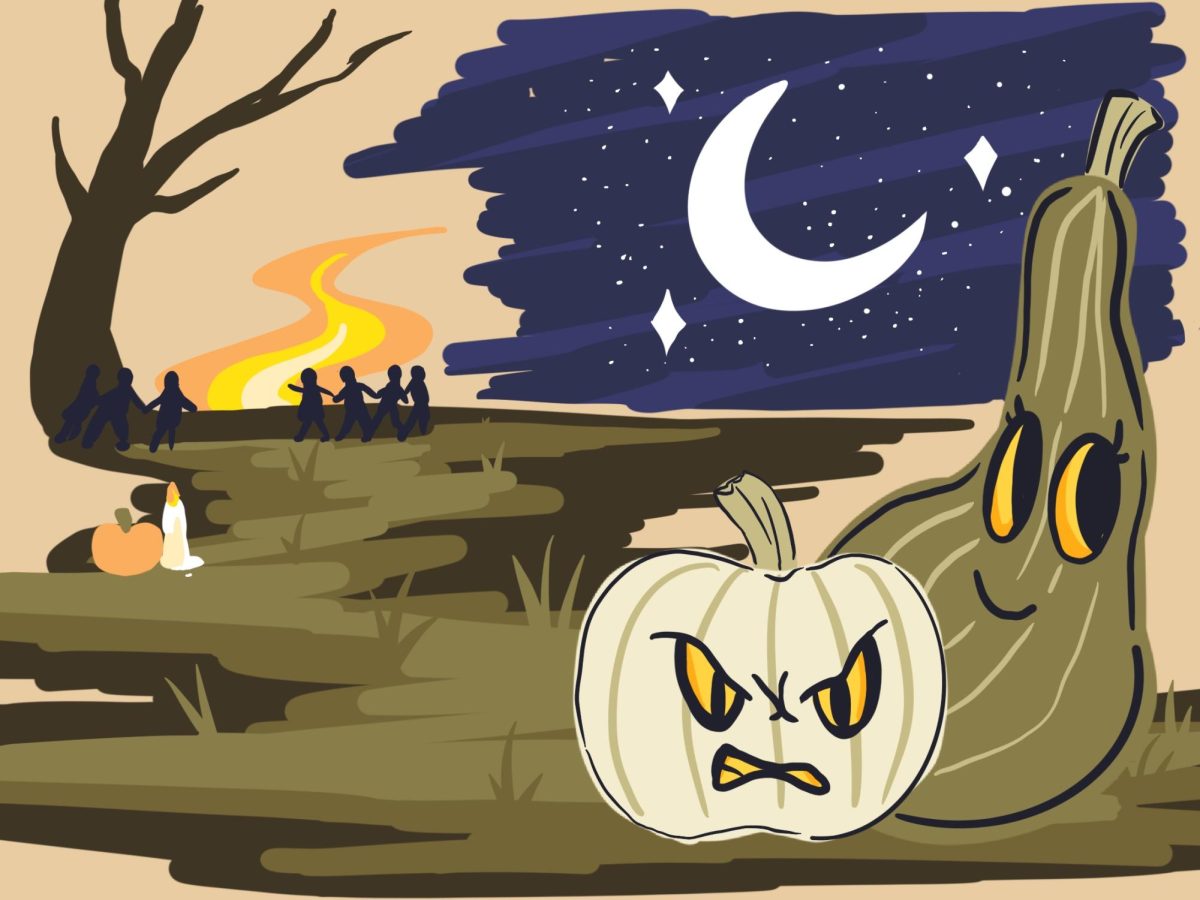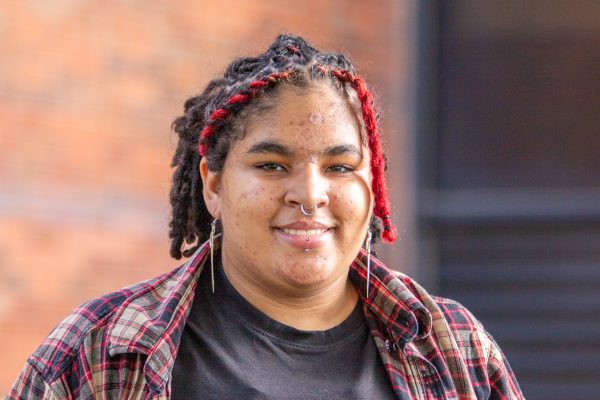Costume parties, trick-or-treating, horror movies. haunted houses, and pumpkin patches are common images associated with modern day Halloween.
Halloween hasn’t always looked this way. Many of the modern day Halloween traditions have roots in the Gaelic festival of Samhain (Sow-win), celebrated from Oct. 31 to Nov. 1 to welcome harvests.
In ancient times, Samhain was a mandatory festival that lasted three days and nights. Failure to participate often resulted in punishment from the gods in the form of illness or death.
It was believed that the barriers between the spirit realm and the real world break down during this time, allowing for interactions between the living and spirits of the Otherworld (you’ll notice this thought process also pops up in the Mexican holiday, Day of the Dead). During this time, offerings were left for fairies to protect the giver from mischief and kidnappings.
During the Middle Ages, the Celts began carving jack-o-lanterns out of turnips and, later, the Irish made the switch to the pumpkins we see today.
It wasn’t until 19th century America when we saw the beginnings of Halloween as we know it today. Irish immigrants brought their traditions with them and they were adapted to fit the new land. Oct. 31st became All Hallows’ Eve (Halloween), and many traditions like carving jack-o-lanterns were continued.
The practice of trick-or-treating also came from traditional Irish and Scottish practices leading up the Samhain festivals. In that period, it was known as mumming, and participants would dress up, go door to door and sing songs to the dead. They would often be given cakes as payment.
Even small Halloween pranks have roots in the ancient festivals of Samhain, though in ancient times, these pranks would be blamed on fairies.
As a practicing pagan, Samhain is a special time to me. This year, I’ll be partaking in the festivities by setting up a dedicated altar for passed family members, hosting a bonfire with my closest friends and roommates and, of course, going to the pumpkin patch to carve jack-o-lanterns.
So as you celebrate Halloween this year, keep in mind some of the traditions you’ll be keeping alive, and remember: fairies are tricksters, so pay the fairie tax and leave a little something out.





